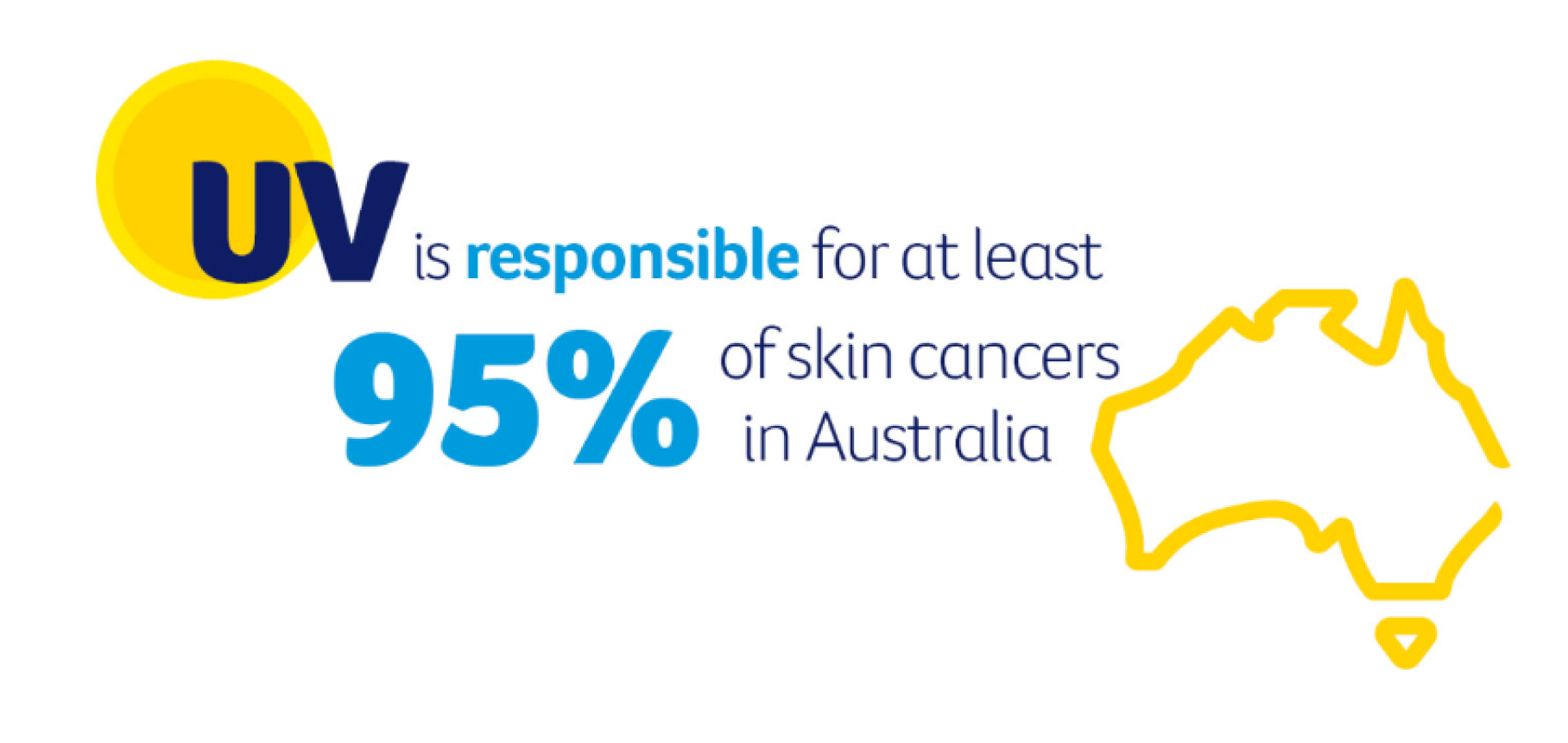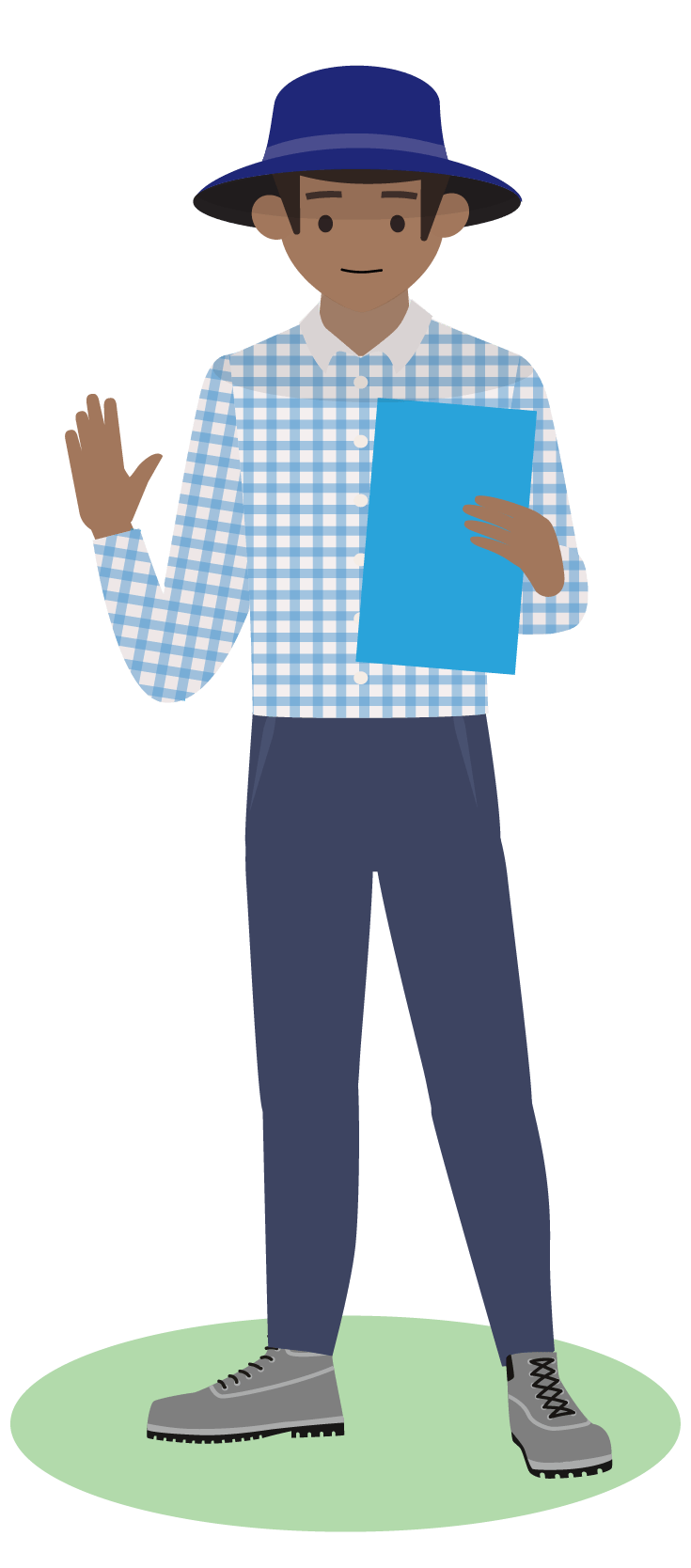

Ultraviolet (UV) radiation is an invisible form of energy produced by the sun. Overexposure to UV radiation can damage skin cells and significantly increase the risk of developing skin cancer.
A sunburn or tan is a clear sign of skin damage from solar UV radiation. Although all skin types can be affected, fairer skin is at increased risk. UV radiation has also been linked to cancer of the eye.
In Australia, there is a strong association between solar UV radiation and skin cancer. Making skin cancer highly preventable. In fact, it is one of the most preventable cancers. By using sun protective measures, you can significantly reduce your risk.

The UV index describes the intensity of solar UV radiation. A higher UV Index means stronger UV radiation and less time for unprotected skin to be damaged. Cancer Council recommends protecting your skin when the UV Index is 3 or above.
While UV levels are particularly high during the summer months and highest in the middle of the day, UV radiation can cause DNA damage in all skin types year-round in NSW, even on cool and overcast days.
Cancer Council recommends using all five forms of sun protection whenever the UV Index is 3 or above:
Don’t rely on temperature, cloud cover, or season to determine when to protect yourself from the sun—always check the UV index instead.
Download the free SunSmart Global UV app to check the UV index at your location. Available for iphones and androids:
Skin cancer is one of the most preventable cancers.
By prioritising sun safety practices in childhood, you can help reduce an important risk factor for developing skin cancer later in life: UV exposure during the first 18 years of life.
Read through the 10 ways to be sun safe at your school or centre.

